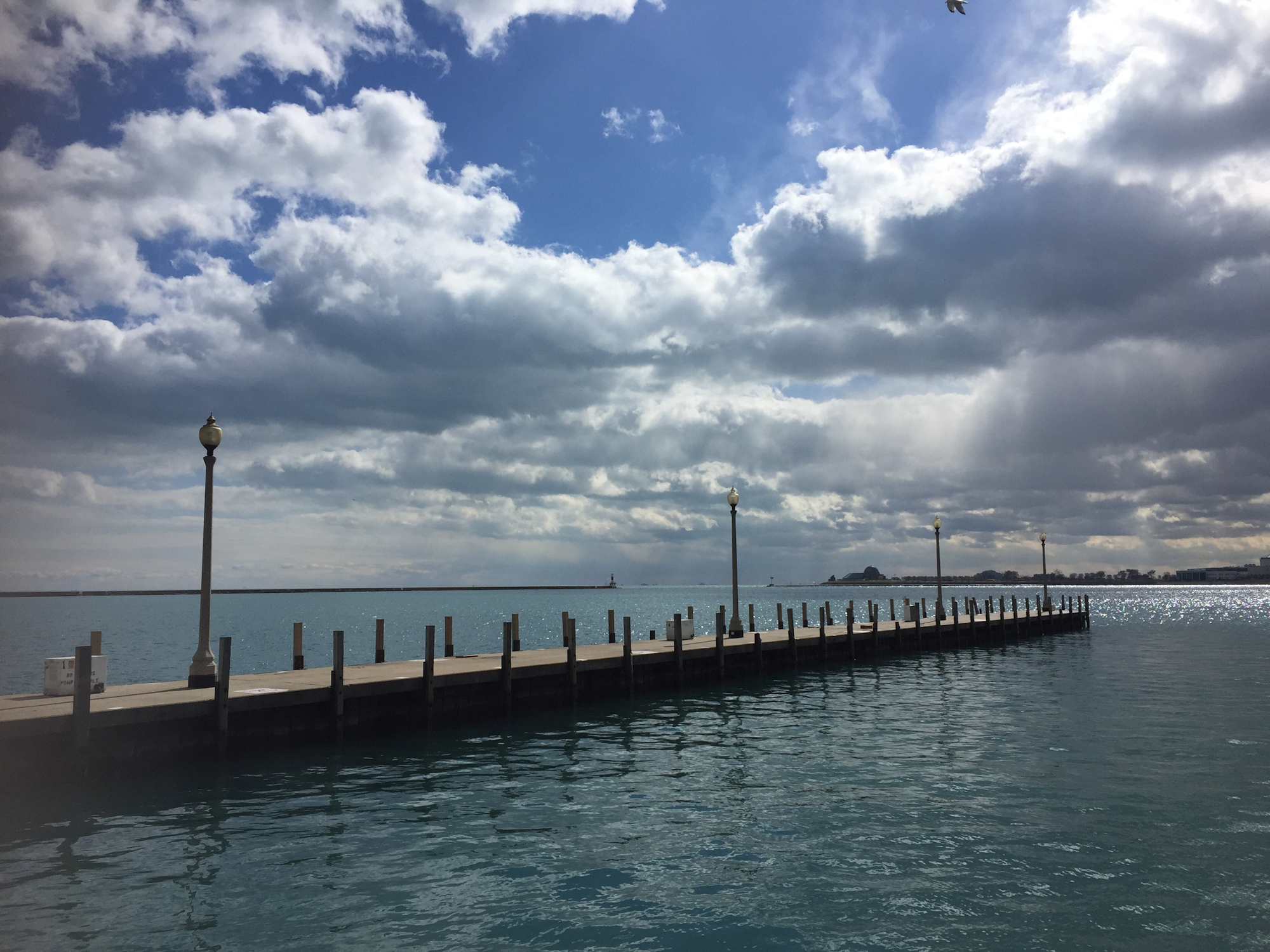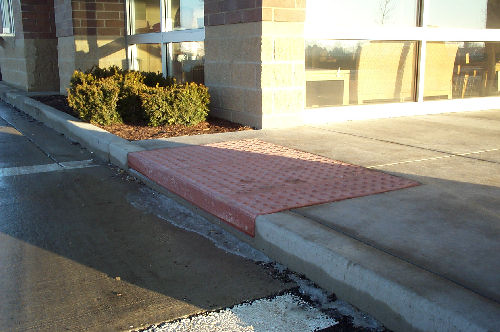Our city just bought a new sign making machine to replace the old heat press antique that we had to make signs, and over the last couple weeks, our crew has been learning and becoming more familiar with this computer-based system. Now we are ready to begin our city-wide updating of our street and traffic signs. As part of this effort, one of our first steps is to purchase the materials necessary to make the signs, so I told our crew to search on the internet for the materials and get some prices. They came to me yesterday frustrated that they had spent two hours searching and in the end could only find some of the materials and could not find any prices. They felt that they had invested a lot of time and didn't accomplish much.
I knew exactly how they felt. Many times during design I spend way too much time searching and navigating Websites to locate the right product for my project. There are usually no prices listed on the site so an e-mail or phone call must be made just to get a budgetary price. This often then results in having to meet with a salesman in my office or worse having to travel to a trade show to be able to view and compare products and brands. Few of us have this kind of time to spend on picking out a piece of equipment or product. This method also results in not finalizing a product choice until weeks later.
But because I do this type of product research all the time, I did offer to sit with my crew and try to locate these products myself. They watched as I managed to find a few of the items, but only because they were offered through a state contract that we located on our state's Website. And although that took relatively little time, we ended up spending a total of about an hour on the internet because in the end we could not find aluminum sign blanks.
Frustrated, I told them my dream of a time when I can log into Second Life, search for a sign store, teleport to that location, touch the product I want, and either get the purchase information or purchase it there on the spot. Because they have not seen Second Life, I decided to demonstrate to show them what I meant.
We logged on, and I went to search and typed in "signs." I scrolled down to one of the sign stores and teleported to that location. There were all the signs available for purchase. I explained to them that if this was a real company that had the capability to set up a purchase and shipping agreement with the city allowing my avatar to purchase materials, we could have bought that sign, and it would be on its way to us with a click of the "buy" button. They saw how any materials could have been displayed at the store in a manner that would allow us to find them so much more easily than on a Website. They also saw how a salesperson could have been there or available through IM to provide assistance.
The whole process of logging in, searching, and "purchasing" could not have taken more than 5 minutes. They agreed this method would be so much better and had several good questions including how would we know that this company would ship to us. I told them I thought we could have a state or location associated with our avatar, and when we tried to purchase something, this information would be transmitted so that if the company does not ship to my location, it would not allow me to purchase the product. Instead I would receive a message telling me they do not ship to my area. This information could also be provided in the search or through a notecard or sign at the store.
They also asked about comparison shopping so I explained how you can save landmarks to places you visit and how there are other tools to track where you have been so you could note the prices at each location and return to the one with the lowest price or best product. I also thought the amazing scripters in SL would probably come up with some type of tool to make this easier.
This crew also takes care of the city's fleet, and they told me how they are often frustrated in having to navigate through parts manuals to find the right part to order. How much easier it would be to go to the International Truck virtual "store" and go up to the virtual truck of the make and model they are working on and "touch" the part that they need to order, and then "buy" it. The company could also have a record of your ownership to make sure you are not ordering parts for vehicles you do not own.
As most of us who are involved in the "business" community of SL know, the potential of this virtual world is incredible, and it is available now if only real life companies would catch on and open shop.
Until then, our crew will be spending more time looking for sign blanks, and the rest of us will continue to waste time searching through endless pages of Websites, attending meetings with salespeople and suppliers, and driving or flying hundreds of miles to trade shows, all the time knowing there is a better way.


